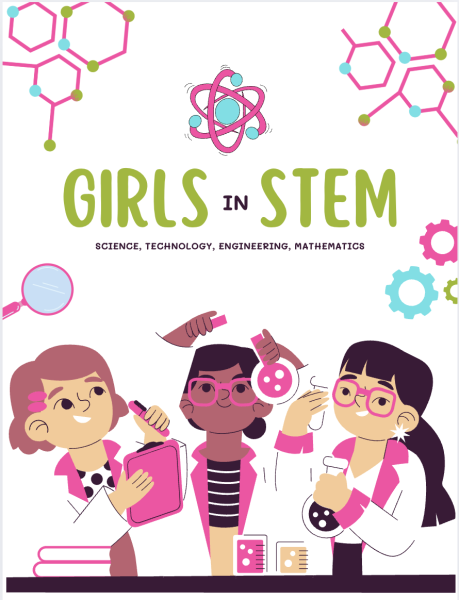Food for Thought

Sophomores Noah Portner and Bruno Henza eat school-bought lunches which most likely contain GMOs (genetically modified organisms). Most foods contain GMOs because they are often more convenient for farmers as well as consumers.
Figuring out what to eat seems simple enough — until genetically modified organisms (GMOs) are thrown into the equation. GMOs can be defined as organisms in which the genetic material (DNA) has been altered in a way that does not occur naturally by mating and/or natural recombination. Especially in recent times, there has been much stigma around these unnaturally altered foods. However, despite the stigma, GMOs are frequently produced and marketed, making them extremely hard to avoid. Due to this, some people are trying to figure out whether or not they are acceptable for consumption. The opinion still seems to be split, therefore making it one of the most controversial, and sometimes sensitive, topics of today.
There are many people who are greatly concerned over the consumption of GMOs. It is true that genetically modified foods can be more convenient for both manufacturer and consumer, but whether or not this is necessary is a question that could be considered as well. “I would prefer to eat fewer, because I see no point for them to genetically modify it,” freshman Amina Luvsanchultem said. “For example, seedless watermelons, they don’t have seeds. It is easier to eat them without seeds, but still it tastes the same, so I really see no need for them to change it.”
Despite there seemingly not being enough of a point to them, genetically modified foods are also sometimes frowned upon for going against nature. “The line should be drawn at totally changing something’s genetics to make a totally different thing, because that would not be good. That’s like going against the forces of nature, we should stick with nature’s course,” Luvsanchultem said.
On the other hand, foods are genetically modified to accommodate and help farmers and consumers. “Wheat originally was very tall, when it was first grown in the wild,” sophomore Bruno Henza said. “Basically over time it’s been modified to be shorter so that it fits better in the cropping machines and different tools used by farmers to grow wheat.” According to the online medical newsletter “healthline’s” article Why Modern Wheat Is Worse Than Older Wheat; “Wheat today is completely different from the wheat we ate back in the day. First of all, it is processed differently. New techniques in grain processing in the late 19th century made it possible to create massive amounts of refined wheat for a low cost.”
Many are okay with consuming GMOs because there is not much evidence to prove that GMOs are unsafe to eat. In fact, some claim that genetically modified foods are more beneficial than unmodified foods. “Studies show that they’re not really more dangerous, in fact they have more nutrition and they’re more resistant to insects and pestilence,” sophomore Noah Portner said. According to the New York Times article Are G.M.O. Foods Safe?; “In the decades since the first genetically modified foods reached the market, no adverse health effects among consumers have been found.”
Some would even go so far as to call GMOs vital. Since foods are often genetically modified to be produced more frequently and effortlessly, they, in recent years, have been able to feed more people with more ease. “Genetically modified foods definitely increase output of crops, but another thing is that the Earth is estimated to only be able to sustain 10 billion people, and by 2050 we’re going to reach that, and that’s kind of scary,” Henza said. “So I definitely think genetically modified food is necessary.” According to United Nations predictions the Earth could, in fact, reach 9.7 billion people by 2050. However, the BBC article How Many People Can Our Planet Really Support begs to differ about Earth’s actual population sustainability. “A 2012 UN report summarised 65 different estimated maximum sustainable population sizes. The most common estimate was eight billion, a little larger than the current population. But the estimates ranged from as few as two billion to, in one study, a staggering 1,024 billion.”
There are some who find no problem with genetic modification, and think that it should only be stopped in extreme circumstances. “I think genetic modification is fine, so long as there’s nothing dangerous involved,” freshman Jason Hsu said. “There really shouldn’t be a line drawn unless there’s a very looming danger that’s apparent.”
Whether or not GMOs are actually bad or not, though, there do not seem to be many studies in the spotlight on the subject. If more research were to be done, there would most likely be less stigma around the subject. “We all talk about genetically modified foods as if they’re bad, but we never actually do something about it,” Henza said. “I think it’s very important to talk about this, and if things start to get serious, people will do things. People will stop eating this or drinking that, so I think I have faith.”












